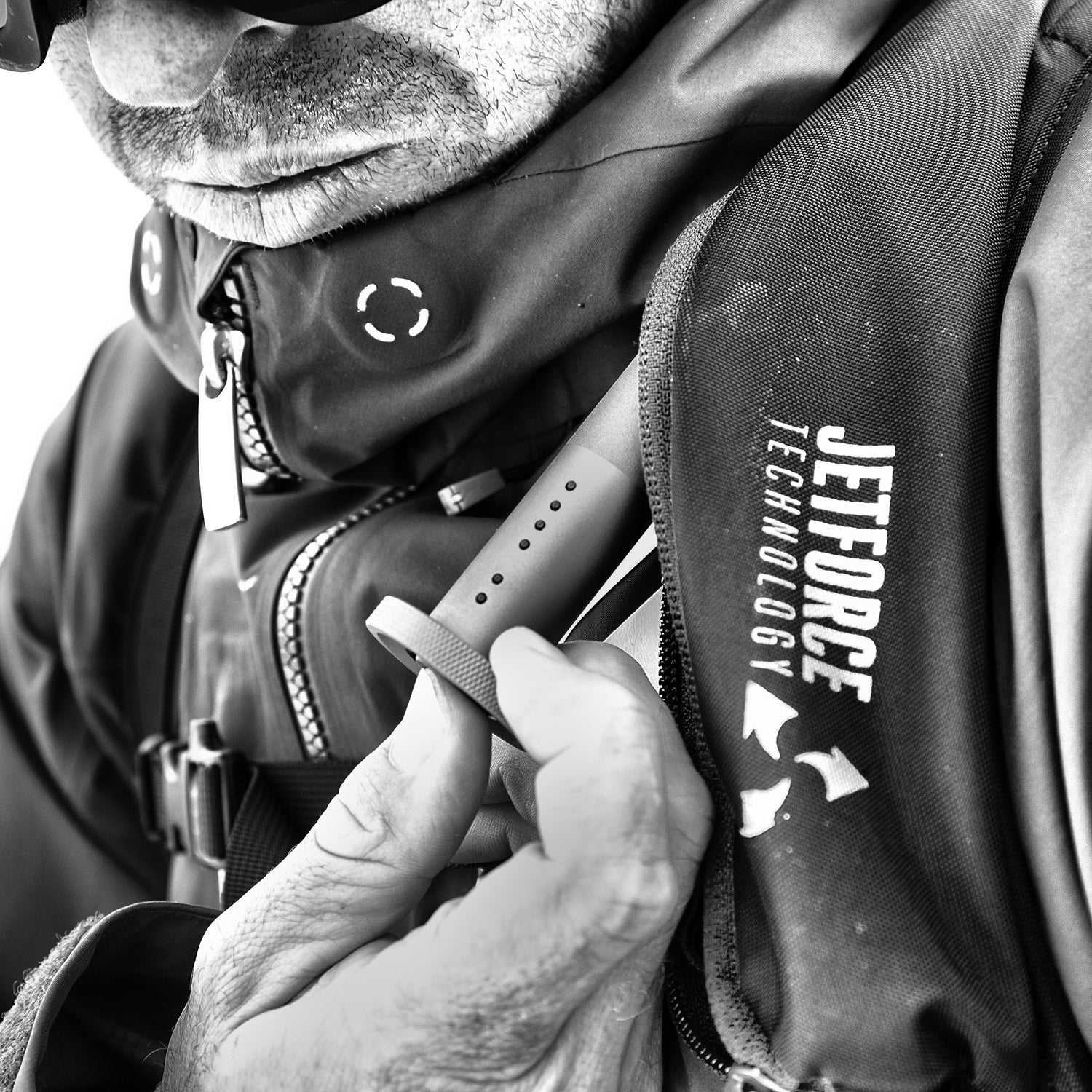A category of gear that came into being in the late 1960s as more and more skiers ventured beyond resort boundaries. Before that, miners and other workers who spent significant time in avalanche terrain wore avalanche cords, 30-foot lengths of red ribbon or parachute cord (see P-Cord) that helped point rescuers to buried victims. Over time, three items became critical to anyone in the backcountry—beacons, probes, and shovels—with sophisticated air-bag packs growing in popularity in the past few years.
Avalanche beacons, which rely on radio waves, were invented in the U.S. in 1968. In 1970, John Lawton and Ditmar Bock, researchers at the , patented the first battery-powered device, which emitted a series of beeps based on how close a buried victim was. They called it the Skadi. Modern beacons can quickly locate multiple victims. Some, like the , can even tell you who’s still breathing. Those found within 15 minutes have the highest survival rate.
According to German avalanche-airbag maker ABS, the patent for what eventually became the airbag pack was filed in Germany in 1975 by Bavarian forestry ranger Josef Hohenester. He was caught in an avalanche while carrying a dead deer on his back and noticed that he floated better than when he’d been caught in previous slides. Modern packs continue to rely on the idea that larger objects sift to the surface. ABS launched the first compressed-air pack system in 1985. In the past ten years, the packs have proven remarkably effective—they keep 90 percent of victims from getting buried in the first place.
But it’s Utah-based Black Diamond Equipment’s 2014 introduction of the , a battery-powered blower inflator, that will make the airbag technology as mandatory as a beacon. Unlike canister packs, which can’t be reused in the field unless the wearer brings a spare canister, the JetForce can be deployed at least four times on a single charge. Just as significant: while canisters are not allowed on airplanes (even in checked baggage), the JetForce can be carried on.


